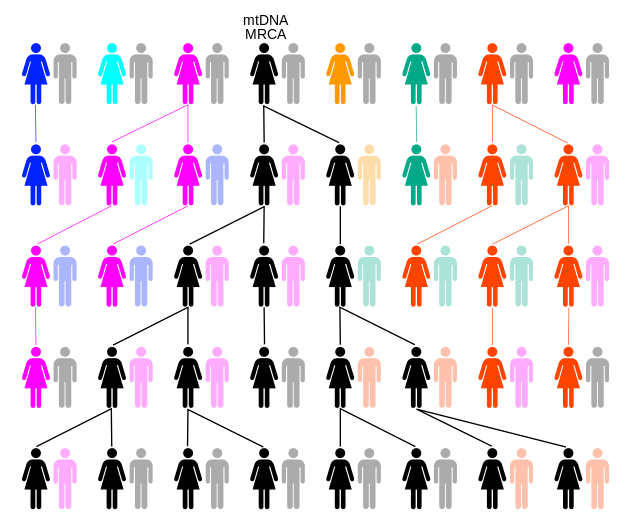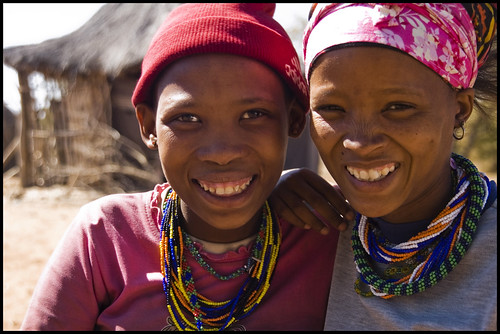
I haven't really been using this blog completely in the way I intended... I guess I intended I would write a lot more (then an evening class and a startup jewellery business got in the way)! But I wanted this to be a bit of documentation of the adventures of the foray into the world of academia, from the perspective of one who is just starting out. And things keep happening, and I'm not documenting!!
I think I've missed my opportunity to properly recall a great day of lectures in Oxford entitled Neanderthals and Modern Humans (could there ever be a more interesting title for a day of lectures?? It also included a tour of their C14 dating Accelerator Mass Spectrometer unit!!
https://c14.arch.ox.ac.uk/publictalk.html) But this month, my partner and I went on a lovely trip to Wiltshire to check out some of the amazing Neolithic monuments and earthworks only a short drive (to this Canadian anyway!) away. To the right you will see - of course - the famous Stonehenge, which isn't actually even a henge...
It was great to be in the landscape, and my company and I had a lot of discussion of 'phenomenology', the study of archaeological areas through the experiences of the senses - it seems a bit of a fluffy approach but is really fascinating and cannot be ignored when trying to more fully understand a site. Going beyond a positivist framework of facts and figures and ignoring the human experience, we can miss criucal pieces of what it was, and is, like to experience these ancient places.
We walked from Stonehenge down a long path in an effort to locate Durrington Walls. It was a great way to take in th entire landscape - Stonehenge is but a part of this neolithic centre of activity, and when you see the huge amount of barrows dotted around the horizon it's really made clear. We walked along fields with sheep and young lambs skipping about, and got a bit lost, but it was all worth it as it was a lovely walk. When we finally found Durrington Walls, across from woodhenge, we realised it would have been a lot easier to drive - but then I couldn't look at molehills or collect pinecones and bits of iron slag off the ground, could I??

We next visited the West Kennet Longbarrow, perhaps the oldest of the sites mentioned here, and probably the one I found most fascinating. It's located on top of a hill and is very windswept, and offers a great view around the landscape. It's about a day's walk from Stonehenge (dont worry - we drove), and is also one of many monuments on a busy landscabe which includes Silbury Hill, and Avebury (a stone circle with a bank that makes Stonehenge look puny). The longbarrow has an interesting entrance that keeps out the wind, and has a number of chambers off the long corridor once inside. When it was opened to the public, they reconstructed the roof which had fallen in and installed plexiglass skylights that let in the light, so you can walk around inside and see inside the chambers. Interestingly, a lot of newagers leave little stones and candles and flower petals everywhere, hints of the modern day uses of the barrow!

The best thing about Avebury, which we visited last, is that you can walk up and touch the stones (which are in an around the village and fields) which is a greater experience than standing behind the rope at Stonehenge. It seems like a great town to visit and spend some time in - we witnessed a very 'free spirited' wedding, and all the new agers you could ask for making merry in the local pub. I bet it attracts the most interesting of people... unfortunately, as we got to Avebury in the evening, the gift shop had already closed! I love gift shops...
Having all this prehistory on your doorstep is something that I absolutely love about living in Britain. Wood rots away unfortunately, and although the Museum of Anthropology at UBC is one of the most fabulous places to visit, it's hard to find any accessable bits of British Columbian PRE-history.
My parter and I are now dreaming of living in a van for a couple of months and driving around to all the prehistoric sites in Britain - what an adventure that would be!
This day was a great window into the ancient past - well - not too ancient. The Neolithic was only a couple thousand years ago, really...
And for anyone who's interested in learning more about Britain's Neolithic past, I've been reading/keeping this book by my bed for the last 6 months or so now! But don't let that fool you, it's really good... I'm just bad at finishing books these days! Francis Pryor is a wonderful writer and makes you feel like your his buddy in the pub as he talks to you engagingly about this era. He's a fantastic writer and balances the academic topics well in an accessable way. Highly recommended, even if you're like me and know virtually nothing about the Neolithic... if it happened after 50,000 years ago, chances are it's news to me!















